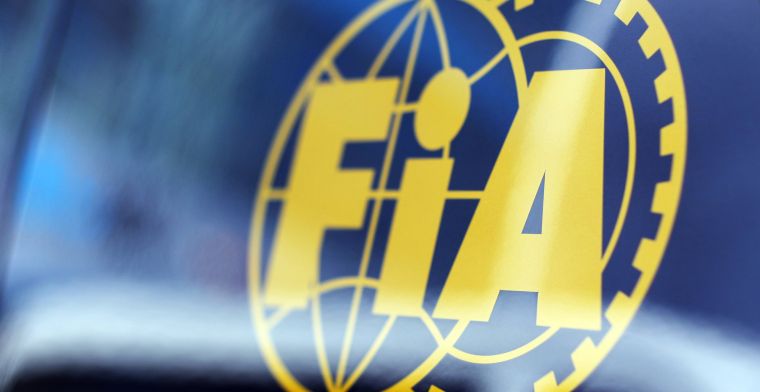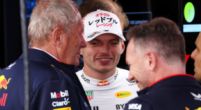F1 News

The FIA embarrassed in Japan: This is what went wrong at the GP
The FIA made one lapse after another during the Japanese Grand Prix and can expect another round of criticism in the coming weeks. We list the biggest misses by Formula 1's governing body.
Tractor on track
The biggest scandal took place early in the race. Carlos Sainz had skidded off the track and for this a safety car and not much later even the red flag was called in by race control. A logical decision, but in the frenzy things went horribly wrong. A tractor to remove Sainz sat on the race track, while drivers were still driving by through the rain on the track behind the safety car. Because Gasly was catching up with the pack and hadn't yet had chance to slow down for the red flag, he was going through at top speed given the conditions.
Pierre Gasly was furious over the team radio and also after he got out of his car at the red flag. It reminded him of his late friend, Jules Bianchi, who collided with a crane at the same track in 2014 and died from it a year later. Gasly received support from many other drivers.
Lando Norris and Sergio Perez, among others, expressed their dissatisfaction on social media during the red flag. Indeed, not only Gasly but also Sebastian Vettel and Daniel Ricciardo had come across the car. With the rain, this was a particularly dangerous situation. Instead of the FIA reaching out, it called Gasly to account and handed out a severe penalty.
Indeed, in a statement, the FIA seemed to pin the focus more on Gasly, as he was driving too fast. Gasly himself denied this after the race, but even if Gasly had not been speeding, the FIA was still going against their own rules. This is because the crane is not allowed to enter the track until all cars are in the pit lane or driving in one long line behind the safety car. This was not the case, the drivers were still too spread out on the track.
Not racing in the rain
Although we eventually covered half of the race distance and even full points were still handed out, you can also question the race organisers' decision to wait so long to continue the race. Drivers and teams suggested much earlier to go out on the track with the full wets to run the track dry.
This was not done and so three-quarters of an hour was left to race. By then the track was so dry that the drivers wanted to swap full wets for intermediates in no time. So what do you have full wets for? The argument is always the lack of visibility due to the spray coming off the tyres, but you have known for a long time now that this is a problem. So why not work on a tyre where that is less, or accept the fact that there is less visibility, so drivers have to drive more quietly and so we just have rain races like before.
Poor Flag control
Then there was the flagging off. The race was run on time and so, as in Singapore, the winner drives one more lap from the moment the clock reaches zero. Now, however, Verstappen was already flagged off, crossing the line with two seconds left on the clock. The Dutchman, therefore, continued full throttle and drove a green time in the first sector. However, that proved to be no longer necessary.
Point count
And then there was the point scoring. Since the 2021 Belgian Grand Prix ended in a fiasco after points were handed out for a race that was never run, F1 and the FIA set up a nice schedule so that it was clear to everyone at what percentage of the race how many points would be handed out.
During the race, then, it was strange that a calculation came into view with the full points. At that point, you assume that the stats had not yet been updated, but once the penalty for Leclerc was known, it suddenly came on the screen that Verstappen was the world champion. Nobody understood. Indeed, according to the rules in place since Belgium, Verstappen would get 19 points, Perez 14 and Leclerc 12, leaving Verstappen one point short of becoming world champion.
However, there appears to be a catch. The FIA's statement makes it clear that this distribution of points only applies if a race does not resume. That was not the case in Japan. Although the race was not completely finished, it was resumed and finished under race conditions, so full points could 'just' be paid out. That this was again so unclear to everyone says enough about the rulebook and the FIA's communication. These are very vague and unclear.
The Japanese Grand Prix again showed many weaknesses in the FIA's way of doing things. It cannot prevent huge dangers like a tractor on the track, it is passive when it rains and a lot of rules are very unclear for all involved. It sometimes makes the sport unnecessarily difficult and that will have to improve in the future if you want the new public to take you seriously.
This article was originally written by Tim Kraaij for the Dutch edition of GPblog.



















































